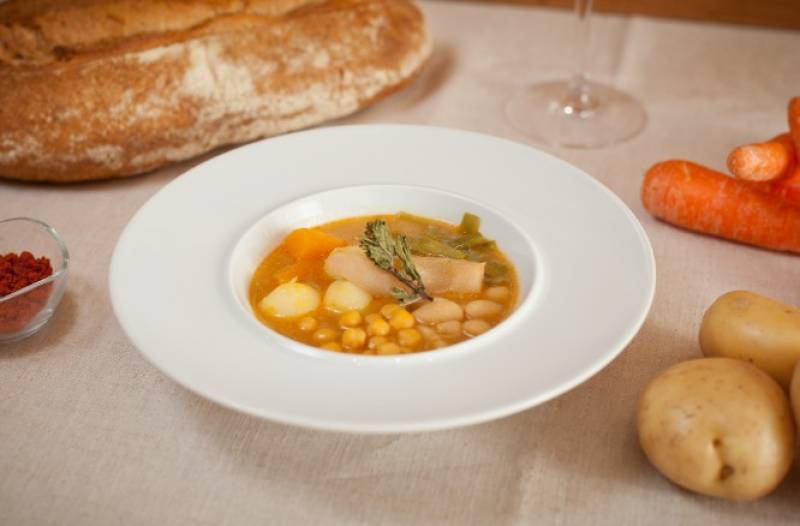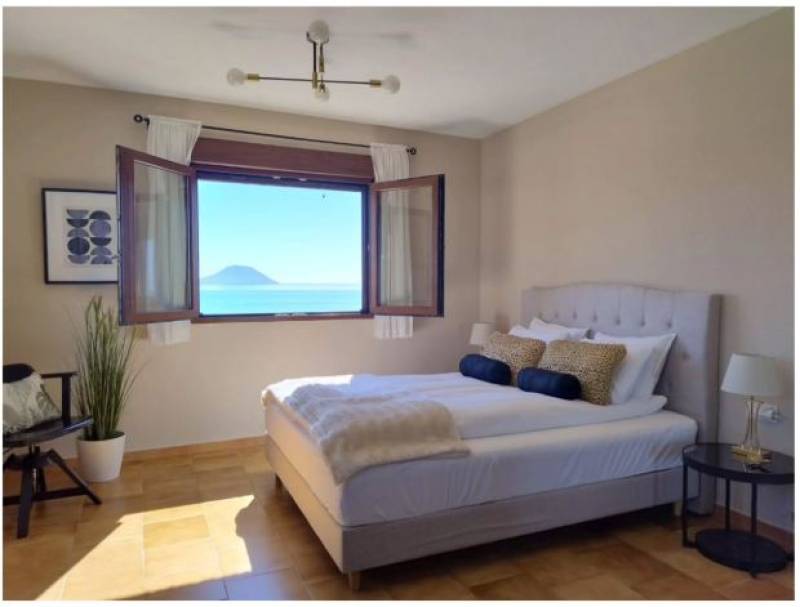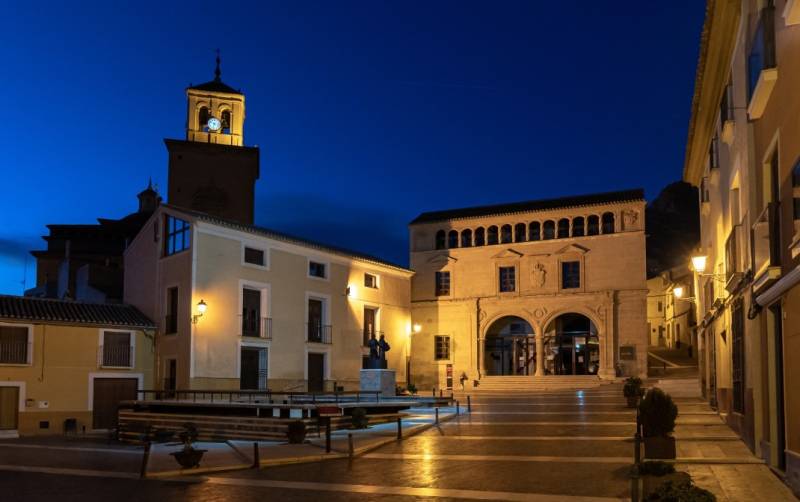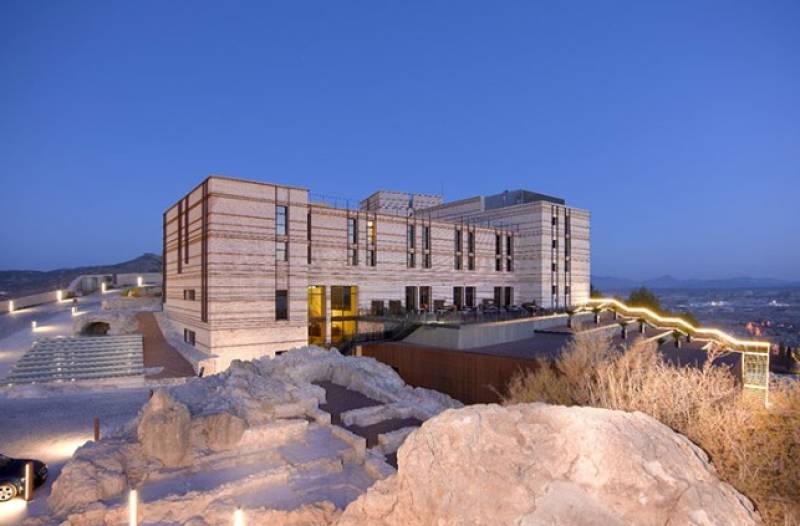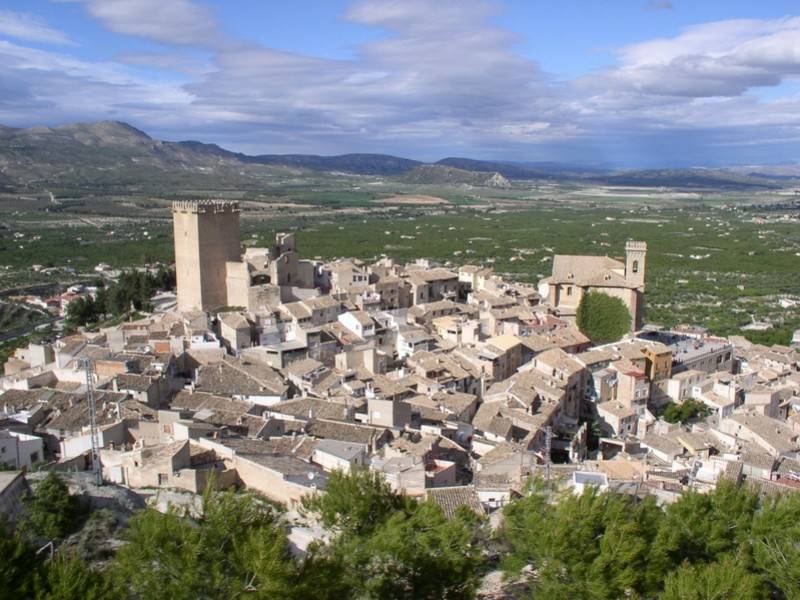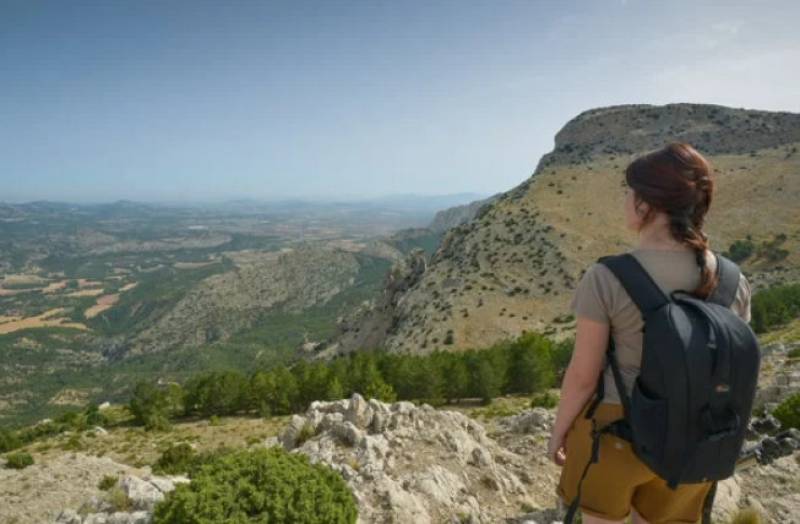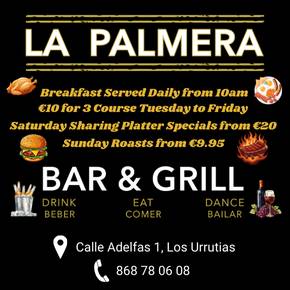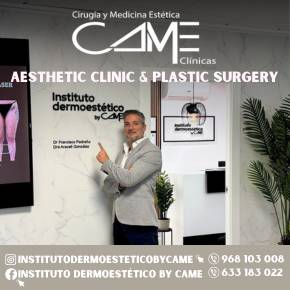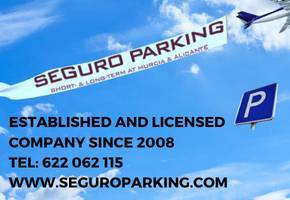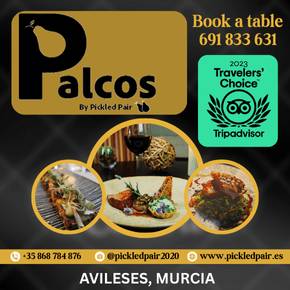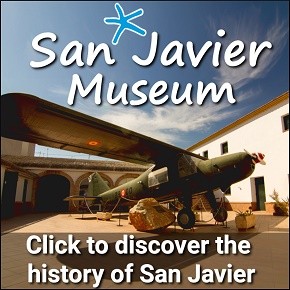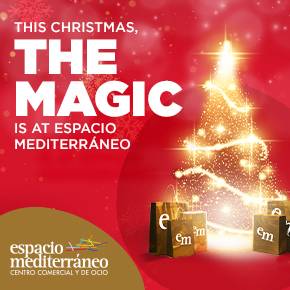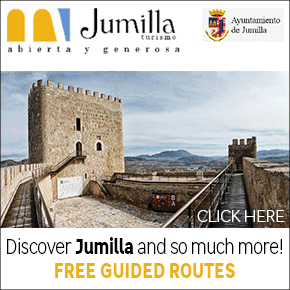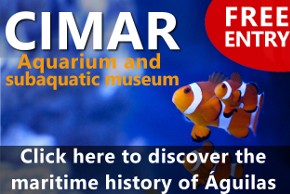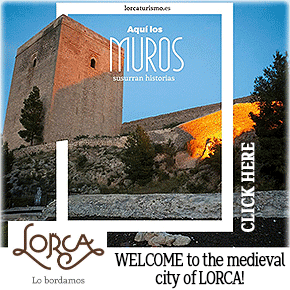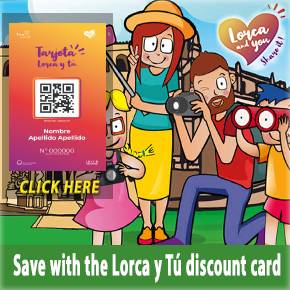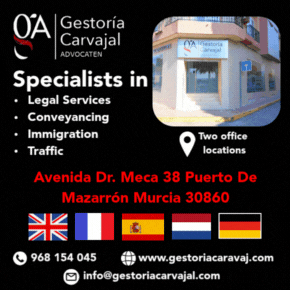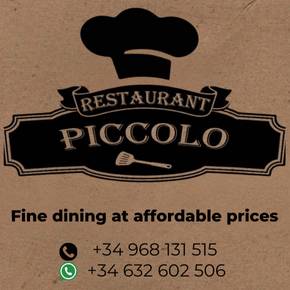

Guidelines for submitting articles to Santa Rosalia Today
Hello, and thank you for choosing Santa Rosalia.Today to publicise your organisation’s info or event.
Santa Rosalia Today is a website set up by Murcia Today specifically for residents of the urbanisation in Southwest Murcia, providing news and information on what’s happening in the local area, which is the largest English-speaking expat area in the Region of Murcia.
When submitting text to be included on Santa Rosalia Today, please abide by the following guidelines so we can upload your article as swiftly as possible:
Send an email to editor@spaintodayonline.com or contact@murciatoday.com
Attach the information in a Word Document or Google Doc
Include all relevant points, including:
Who is the organisation running the event?
Where is it happening?
When?
How much does it cost?
Is it necessary to book beforehand, or can people just show up on the day?
…but try not to exceed 300 words
Also attach a photo to illustrate your article, no more than 100kb

10 must-see museums in Cartagena
From ancient to modern, from naval history to Roman architecture, Cartagena boasts a rich history on display in its museums!
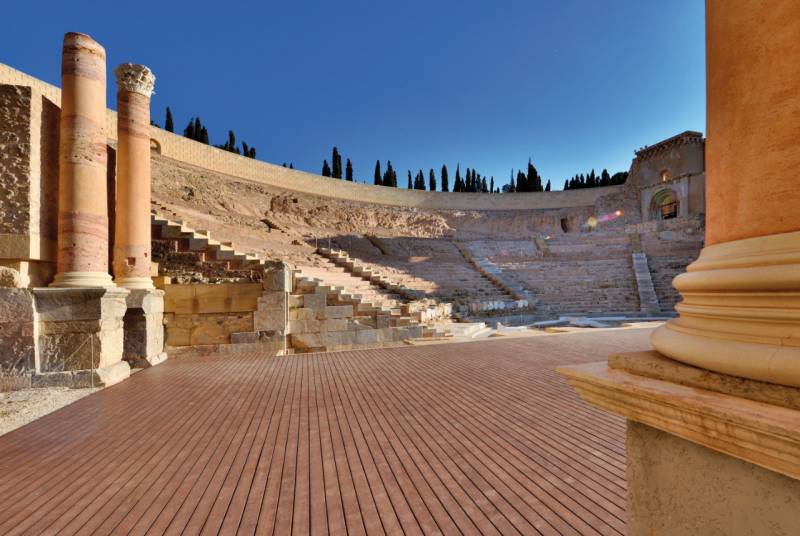 The city of Cartagena is steeped in so much history that if you’re interested in museums it’s difficult to know where to start, but these suggestions from the regional tourist board can help you navigate your way around them and choose which ones are likely to be your own personal favourites!
The city of Cartagena is steeped in so much history that if you’re interested in museums it’s difficult to know where to start, but these suggestions from the regional tourist board can help you navigate your way around them and choose which ones are likely to be your own personal favourites!
Whether you’re more ancient history, modern art, military and naval matters or the Spanish Civil War, all tastes are catered for in some of the most emblematic buildings of the 3,000-year-old city and the natural harbour which has shaped the course of its development from a millennium before the birth of Christ right up to the 21st century.
- ARQVA – The national museum of underwater archaeology
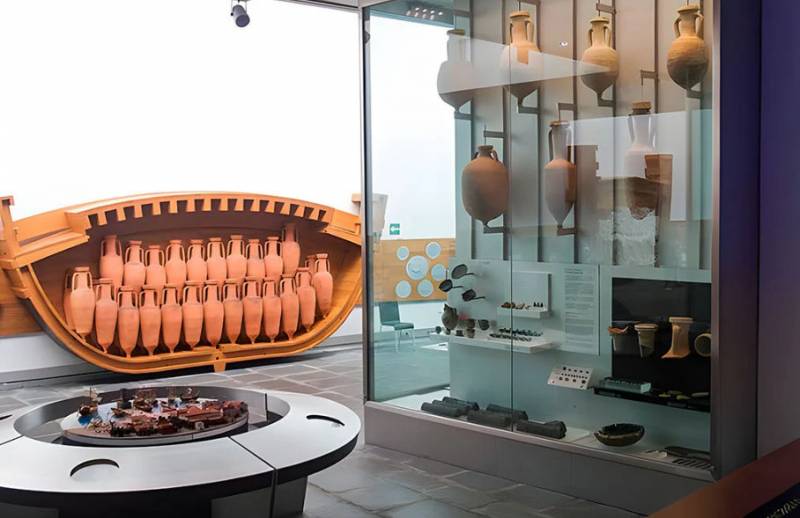 The Arqua is dedicated to researching, preserving, protecting and making public the underwater archaeological finds which illustrate the history of Spain, and among its collection are the hoard recovered from the frigate Nuestra Señora de la Mercedes, which was sunk by the British navy in the Gulf of Cádiz in 1786. This hoard is sometimes referred to as the Odyssey Treasure in reference to the American salvage team who recovered it.
The Arqua is dedicated to researching, preserving, protecting and making public the underwater archaeological finds which illustrate the history of Spain, and among its collection are the hoard recovered from the frigate Nuestra Señora de la Mercedes, which was sunk by the British navy in the Gulf of Cádiz in 1786. This hoard is sometimes referred to as the Odyssey Treasure in reference to the American salvage team who recovered it.
Another highlight is the glass-ceilinged area where the exhibits include the irons structures of old ships hanging from the roof, including a Greek kyrenia and a medieval cog ship.
In addition, there is a large collection of Phoenician, Greek and Roman amphorae and an exceptional store of elephant tusks dating back to Phoenician times. The recovered remains of two Phoenician ships dating from the 7th century BC are also to be found here after they were discovered off the shore of Puerto de Mazarrón.
Entry to the museum is free of charge on Sunday!
- The Civil War Air Raid Shelter Museum and the panoramic lift
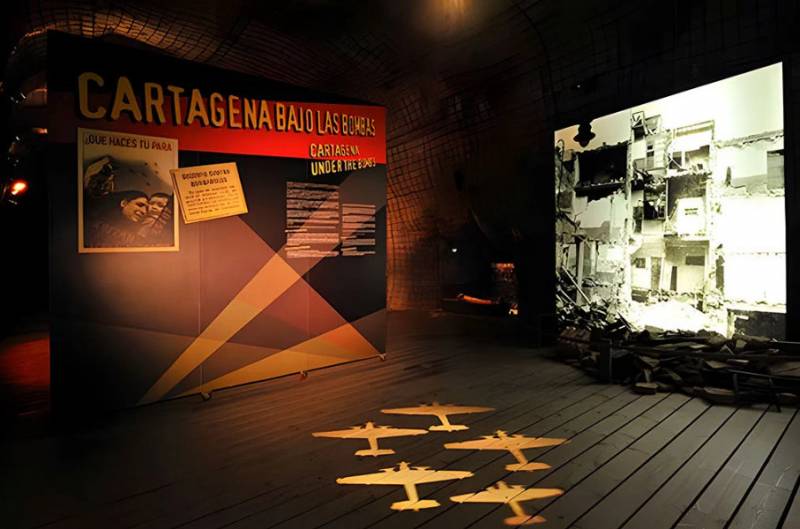 During the Spanish Civil War (1936-39) Cartagena remained loyal to the government and became a vital Republican stronghold: it was home to the Republican fleet and a disembarkation point for vital military supplies and food, as well as being a major munitions manufacturing centre.
During the Spanish Civil War (1936-39) Cartagena remained loyal to the government and became a vital Republican stronghold: it was home to the Republican fleet and a disembarkation point for vital military supplies and food, as well as being a major munitions manufacturing centre.
This, of course, made it a target for Nationalist forces, but the military defences installed around the city made it a difficult target to capture, the easiest route to breaking its resolution and defences being via the air. 44 defence batteries protected the coastline close to the city with the mighty Vickers guns, some of which can still be seen at Cabo Tiñoso near La Azohía, but the city was targeted from the air on dozens of occasions, the worst being the "four-hour bombing" of 25th November 1936.
Despite this pressure, Cartagena was one of the last cities taken by the Nationalist troops, holding out until 31st March 1939.
Construction of the shelter in Calle Gisbert began in 1937 and is now a museum in which visitors can conjure up a vivid picture of those dark times, seeing how the conflict transformed the daily live of the cartageneros with the aid of audiovisual displays alongside memorabilia.
The museum is at the foot of the 45-metre panoramic lift, offering stupendous views out over the harbour and port.
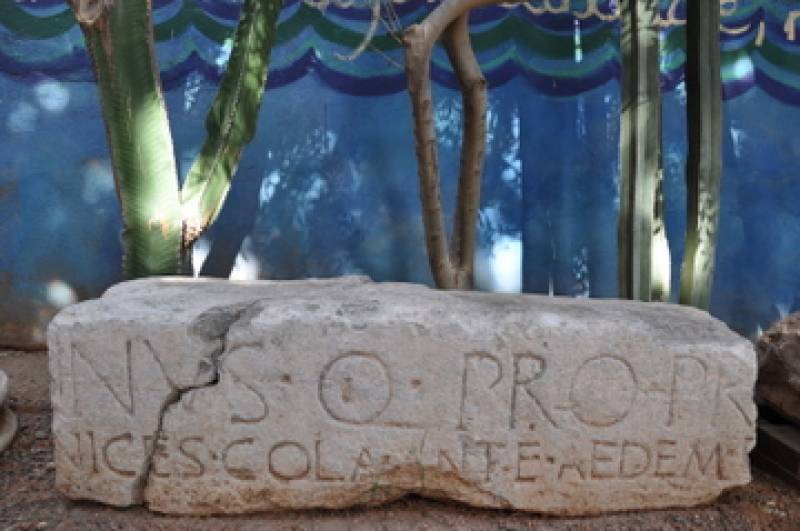 This museum was created in 1982 by adapting a building which stood around an old late Roman burial ground, and it houses one of the most complete archaeological collections in the Region of Murcia.
This museum was created in 1982 by adapting a building which stood around an old late Roman burial ground, and it houses one of the most complete archaeological collections in the Region of Murcia.
The main part of the permanent exhibition focuses on the period of Roman rule in Carthago Nova, including a selection of funeral goods and inscriptions considered to be among the finest in Spain. However, the historical timeline of the exhibits begins far earlier, in prehistoric times, and includes relics from the Iberian tribes which dominated the peninsula before the Romans as well as more modern periods.
There are themed sections devoted to Roman mining (which contains a wide selection of tools and other objects) and ceramic production, where the display includes evidence of the importance of trade in Cartagena as far back as the 2nd century BC.
Admission is free of charge.
- The Carmen Conde and Antonio Oliver Museum
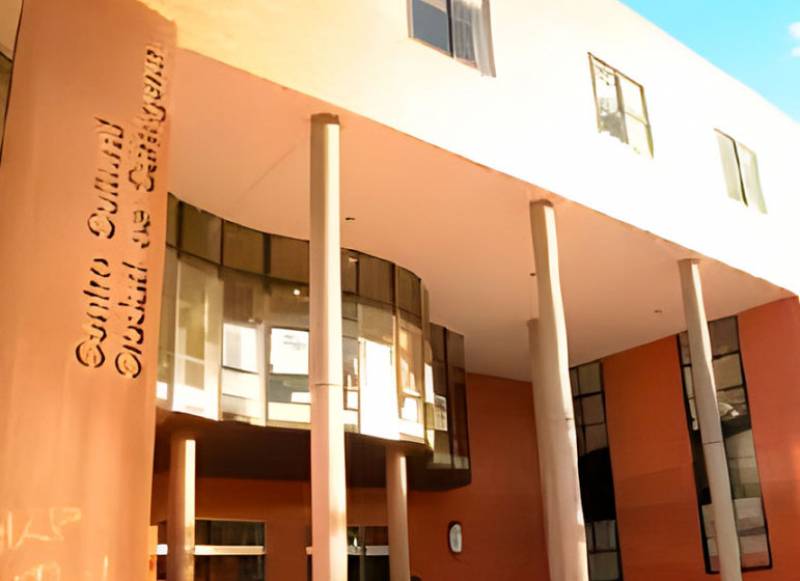 The writer and academic Carmen Conde, who was born in Cartagena in 1907 and died in Madrid in 1996, became the first woman admitted to the Spanish Royal Academy. Throughout her career she was committed to the promotion of culture and eduucation and left an important mark on Spanish poetry, prose and essay-writing, as did her husband, Antonio Oliver (1903-68), a fellow native of Cartagena who also belonged to Spain’s famed “Generation of 27” literary movement.
The writer and academic Carmen Conde, who was born in Cartagena in 1907 and died in Madrid in 1996, became the first woman admitted to the Spanish Royal Academy. Throughout her career she was committed to the promotion of culture and eduucation and left an important mark on Spanish poetry, prose and essay-writing, as did her husband, Antonio Oliver (1903-68), a fellow native of Cartagena who also belonged to Spain’s famed “Generation of 27” literary movement.
The Museo Carmen Conde y Antonio Oliver, located inside the Centro Cultural Ramón Alonso Luzzy, recreates the living-room and study of the couple’s last shared home in Madrid, and the collection donated by Carmen Conde in 1955 includes around 600 items related to art and ethnography, keeping alive the memory of these two key figures in Spanish literature.
Admission is free of charge.
- The Roman Theatre Museum
 The Museo Teatro Romano de Cartagena contains an exhibition of archaeological finds which were discovered during the excavation of the 2,000-year-old theatre. The design of the building incorporates the Palacio de Riquelme and the church of Santa María la Vieja, both of them key buildings in the history of Cartagena, but the star of the show is without doubt the Roman theatre itself.
The Museo Teatro Romano de Cartagena contains an exhibition of archaeological finds which were discovered during the excavation of the 2,000-year-old theatre. The design of the building incorporates the Palacio de Riquelme and the church of Santa María la Vieja, both of them key buildings in the history of Cartagena, but the star of the show is without doubt the Roman theatre itself.
Visitors first enter the Palacio de Riquelme, from where a corridor leads them to an exhivitrion of some of the most important archaeological finds and then to another section which is actually underneath the medieval church of Santa María, which was built on the ruins of the theatre.
At the end of the route is the imposing theatre, one of the largest in the Roman province of Hispania with space for an audience of some 7,000 – an indication of the importance and splendour of Carthago Nova!
An online tour can be enjoyed by clicking here.
- The Museo Etnográfico del Campo de Cartagena
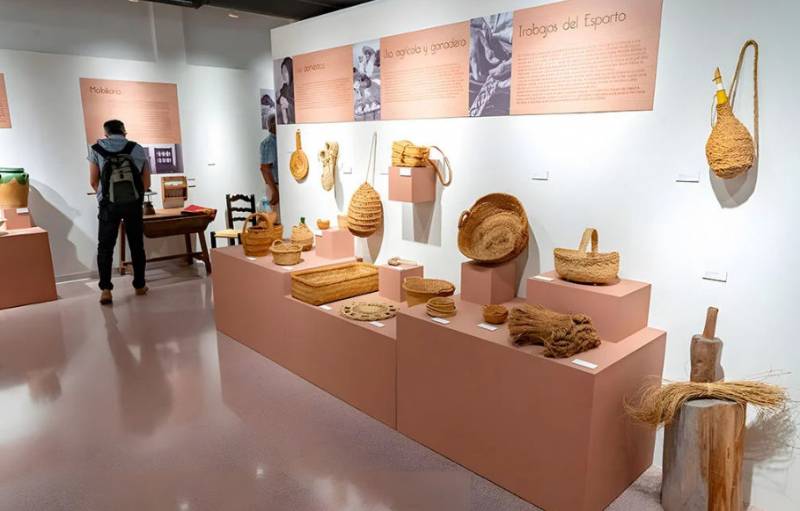 The Ethnographi9c Museum of the Campo de Cartagena offers insights into the traditional way of life in rural areas of the Region of Murcia. It is located in the village of Los Puertos de Santa Bárbara, around 15 kilometres west of the city, and on display are more than 1,600 items illustrating old rural customs and beliefs and the general economic and cultural history of the inhabitants of the southern Murcia countryside.
The Ethnographi9c Museum of the Campo de Cartagena offers insights into the traditional way of life in rural areas of the Region of Murcia. It is located in the village of Los Puertos de Santa Bárbara, around 15 kilometres west of the city, and on display are more than 1,600 items illustrating old rural customs and beliefs and the general economic and cultural history of the inhabitants of the southern Murcia countryside.
Here it is possible to see how people lived in typical rural dwellings, how they cooked and ate, the furniture they created, the clothes they wore, the tools they used and the domestic and agricultural tasks which dominated their lives. There is also a large section devoted to economic activity, which was based mainly on crop and livestock farming, with items related to the job of looking after and breeding animals.
Another field of importance is that of esparto grass, and there are also explanations of aspects such as the game of “bolos cartageneros” and the music of the “cuadrillas”, which can still be heard frequently in the Campo de Cartagena.
Admission is free of charge.
- The Roman Forum Museum on the Molinete hill
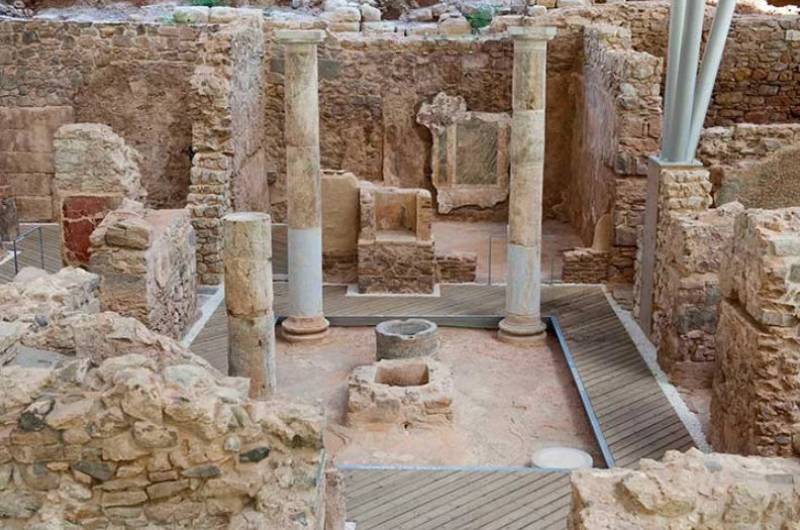 The Museo Foro Romano Molinete is an important museum containing pieces which illustrate more than 2,200 years of history, from the foundation of Cartagena (Qart-Hadast) by the Carthaginians right up to the 20th century. On its three storeys visitors can see over 350 archaeological exhibits which illustrate the daily life of those who lived on the Molinete hill in ancient times, including paintings of the god Apollo and the Muses and a “horn of plenty”.
The Museo Foro Romano Molinete is an important museum containing pieces which illustrate more than 2,200 years of history, from the foundation of Cartagena (Qart-Hadast) by the Carthaginians right up to the 20th century. On its three storeys visitors can see over 350 archaeological exhibits which illustrate the daily life of those who lived on the Molinete hill in ancient times, including paintings of the god Apollo and the Muses and a “horn of plenty”.
This was the heart of the Roman city of Carthago Nova, the layout of which was created in the 1st century BC and included terraced areas for privately and publicly owned buildings. When it was renovated in the 1st century AD it became the area of the Forum, which included the colonial Forum, the Curia, public baths, the sanctuary of the goddess Isis and the Atrium: remains of all of these can now be visited.
It is also possible to see the old “decumanos” and ”cardos”, the main streets which formed the grid pattern favoured by Roman town planners.
- The Military History Museum
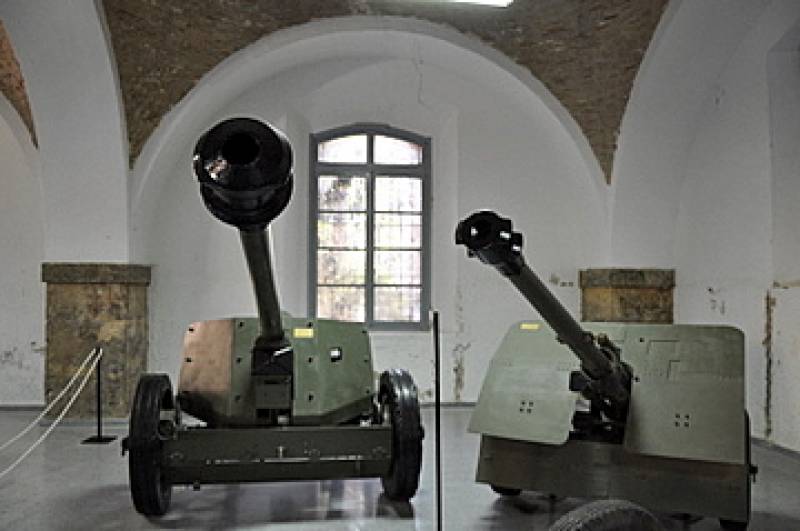 The Museo Histórico Militar is located in the Real Parque and the Maestranza de Artillería, an architectural jewel of Cartagena which stands witness to the military history and development of the city. The complex was built on the orders of Carlos III in the 18th century and reflects the typical style of military installations of the time, which can still be seen in many places in Cartagena.
The Museo Histórico Militar is located in the Real Parque and the Maestranza de Artillería, an architectural jewel of Cartagena which stands witness to the military history and development of the city. The complex was built on the orders of Carlos III in the 18th century and reflects the typical style of military installations of the time, which can still be seen in many places in Cartagena.
But the buildings were almost completely destroyed at the end of the Cantonal uprising in 1874 and it was not until the early 20th century that it was rebuilt, the best elements surviving from its earlier appearance being the side façades.
Nowadays this is home to the Municipal Archive and the Military History Museum, noted for its collection of miniature military models (a Guinness World Record holder for the number of pieces on display). Through the plans, models and documents it contains, the museum provides a complete picture of the advances and changes which have occurred in the field of artillery operations over the centuries.
Admission is free of charge.
- Museo Naval
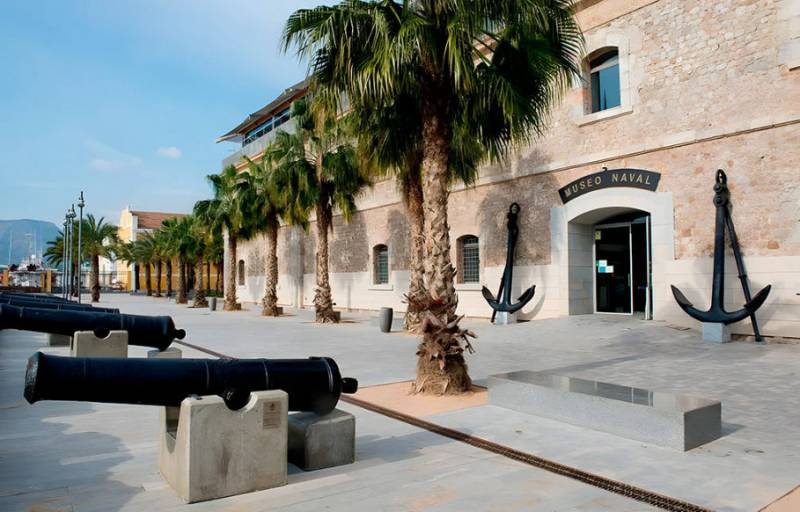 The Naval Museum of Cartagena is housed in a historic 18th-century building which first served as the headquarters of “Presidiarios y Esclavos”. It was designed by the military engineer Mateo Vodopich and was built in 1788, since when it has been used as a prison and, after the Civil War, a navy training centre. Its conversion to become home to a part of the Polytechnic University of Cartagena took place in 2005, and on the ground floor is the Naval Museum.
The Naval Museum of Cartagena is housed in a historic 18th-century building which first served as the headquarters of “Presidiarios y Esclavos”. It was designed by the military engineer Mateo Vodopich and was built in 1788, since when it has been used as a prison and, after the Civil War, a navy training centre. Its conversion to become home to a part of the Polytechnic University of Cartagena took place in 2005, and on the ground floor is the Naval Museum.
In 2013 the museum was extended to include the Sala Isaac Peral, where the Peral submarine is on display as part of the heritage and legacy of Cartagena’s sea-faring history. The collection includes over 3,000 pieces and covers the history of the Spanish navy in Cartagena with areas devoted to shipbuilding, navigation, artillery, sanitation, flags and unforms, naval apint colourings, the navy infantry, diving and underwater weaponry.
Admission is free of charge although donations are gratefully accepted.
A virtual tour of the museum is available online here.
- Museo Regional de Arte Moderno - MURAM
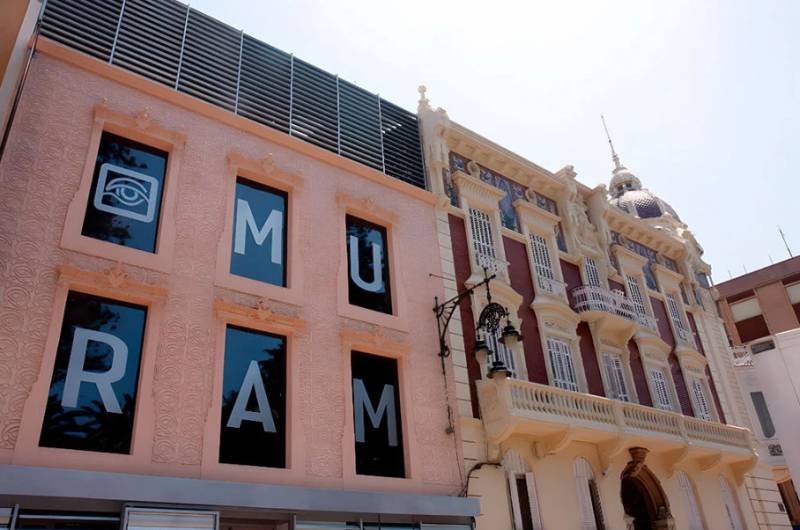 The regional modern art museum (MURAM) offers an overview of artistic production since the late 19th century and focuses especially on the display of significant works produced by both locally and internationally renowned artists. Hanging on the walls are works by great artists such as Rodin, Dalí, Chillida and Tapies.
The regional modern art museum (MURAM) offers an overview of artistic production since the late 19th century and focuses especially on the display of significant works produced by both locally and internationally renowned artists. Hanging on the walls are works by great artists such as Rodin, Dalí, Chillida and Tapies.
The museum is housed in the Palacio Aguirre, a historic building in its own right which combines modern and traditional architecture following the design of Victor Beltrí in 1901. Whetehr your preference is for the traditional or the modern, for architecture or for painting, this museum is an attraction which combines all of these fields and is not to be missed.
Admission is free of charge.
Source: ITREM
Sign up for the Spanish News Today Editors Roundup Weekly Bulletin and get an email with all the week’s news straight to your inbox
Special offer: Subscribe now for 25% off (36.95 euros for 48 Bulletins)
OR
you can sign up to our FREE weekly roundup!
Read some of our recent bulletins:
Discount Special Offer subscription:
36.95€ for 48 Editor’s Weekly News Roundup bulletins!
Please CLICK THE BUTTON to subscribe.
(List price 3 months 12 Bulletins)
Read more stories from around Spain:










